Rare Coin Investment: Comprehensive Analysis of Market Trends for Ultra-Wealthy Investors
Global Coin is a dealer of precious metal coins and does not provide investment, financial, or legal advice. Any information provided in this content, including market commentary and insights, is for informational purposes only and should not be construed as...
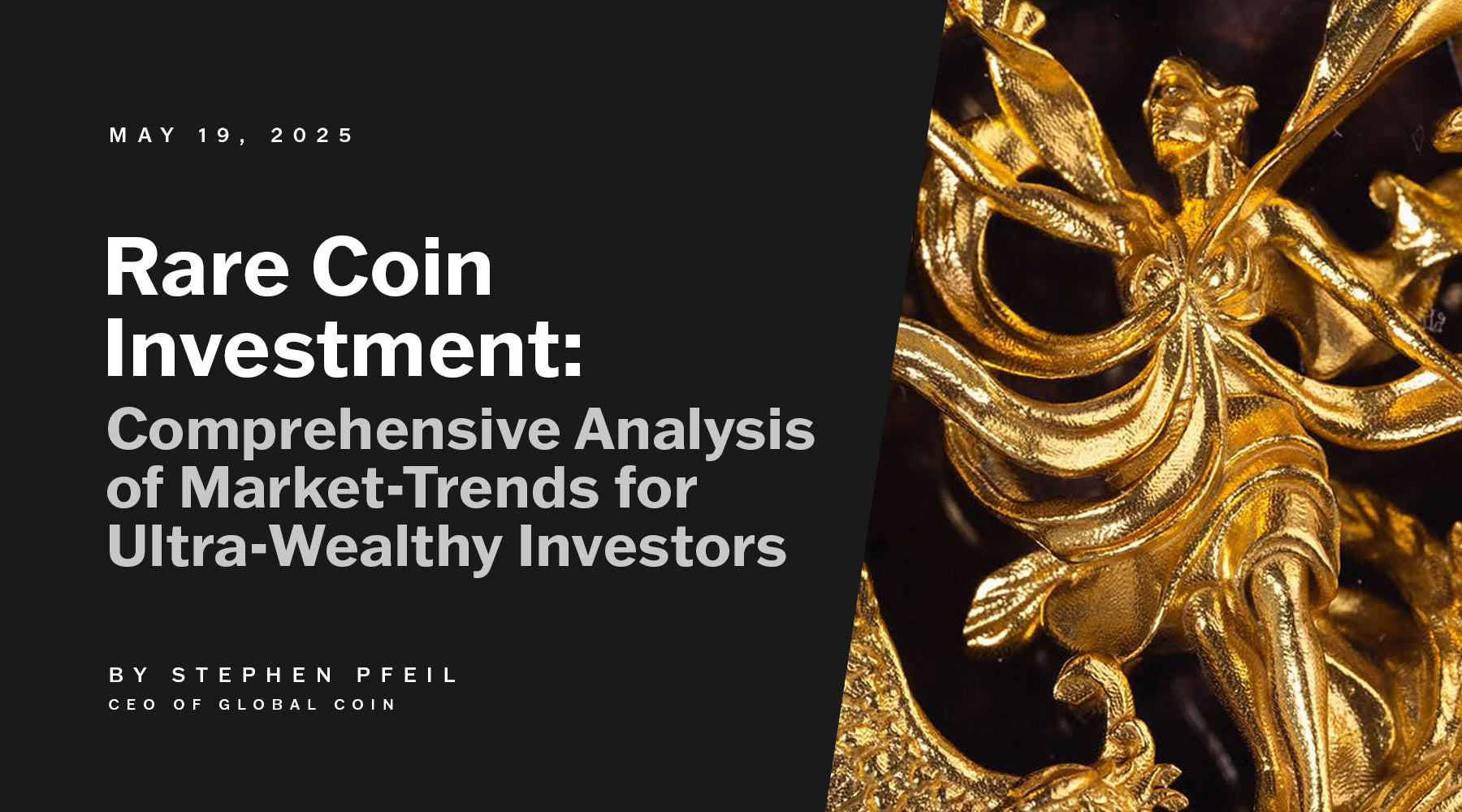
Global Coin is a dealer of precious metal coins and does not provide investment, financial, or legal advice. Any information provided in this content, including market commentary and insights, is for informational purposes only and should not be construed as investment advice. Investors should conduct their own due diligence and consult with a qualified financial professional before making any investment decisions. Gold and rare coin investments involve risks, and past performance is not indicative of future results.
Key Points
-
Research suggests rare coins are gaining popularity among ultra-wealthy investors, potentially seen as a new ‘gold rush’ due to their scarcity and historical value.
-
It seems likely that rare coins offer diversification benefits, with a 175% asset value increase over the last 10 years, compared to gold’s more stable but less volatile returns.
-
Rare coin investments can offer the potential for profit, but also carry risks of loss due to market volatility, illiquidity, or fraud.
-
Rare coins, like other commodities, can play a role in diversifying an investment portfolio alongside asset classes such as real estate and collectibles.
-
The evidence leans toward rare coins providing unique investment opportunities, with examples like the 1933 Double Eagle selling for $7.86 million in 2021, highlighting significant appreciation potential.
Overview
Rare coins, known for their uncommon nature, are increasingly viewed as an attractive investment for ultra-wealthy individuals, driven by economic uncertainties and a desire for tangible assets. They offer both collectible value and wealth preservation, potentially outperforming gold in certain scenarios due to their numismatic value.
Rare coins from around the world are especially sought after for their historical and cultural significance.
Market Trends and Comparisons
The rare coin market has shown strong growth, with a reported 20% increase in value over the past year as of March 2025, outpacing gold's 10% rise. This trend, supported by sources like PCGS Coin Market Review, suggests they can hedge against inflation and market volatility, appealing to investors seeking diversification.
Unexpected Detail: Exclusivity and Privacy
An unexpected aspect is the exclusivity of the rare coin market, often facilitated through private sales, which offers high-net-worth individuals privacy and access to unique pieces, enhancing their appeal beyond financial returns, as noted in Investopedia. Understanding the sale process and being aware of potential risks, such as pricing issues and scams, is crucial when engaging in rare coin transactions.
Rare Coin Investment: Comprehensive Analysis of Market Trends for Ultra-Wealthy Investors

This detailed analysis, conducted as of March 11, 2025, explores whether the rare coin market is the new ‘gold rush' for ultra-wealthy investors, focusing on why rare coins and gold bullion coins are gaining popularity and how they compare to gold as an investment. The evaluation considers historical trends, market dynamics, and investment comparisons, providing a thorough resource for decision-making.
Introduction: The New ‘Gold Rush' for Ultra-Wealthy Investors

In recent years, the rare coin market has emerged as a compelling investment opportunity for high-net-worth individuals, drawing parallels to historical gold rushes where investors sought valuable assets. Rare coins, with their scarcity, historical significance, and tangible nature, offer a dual appeal: they are both collectible treasures and a means of wealth preservation. This trend is driven by economic uncertainties, such as inflation and market volatility, and the desire for alternative investments that can hedge against these risks.
However, investors should be aware that they can lose money if they make poor investment choices or fail to sell coins at the right time.
Recent data from PCGS Coin Market Review indicates the rare coin market has seen a 20% increase in value over the past year, outpacing gold's 10% increase. This performance has attracted the attention of ultra-wealthy investors looking to diversify their portfolios and protect their wealth from traditional market fluctuations, especially in the current economic climate of March 2025, marked by ongoing uncertainties.
Why Rare Coins Are Gaining Popularity Among High-Net-Worth Investors

Research suggests that ultra-wealthy investors are shifting toward alternative assets in uncertain economic times, with rare coins gaining traction. According to Black Enterprise, rare coins have increased by an impressive 175% in asset value over the last 10 years, making them attractive for portfolio diversification. Investing in rare coins can be highly lucrative, potentially providing significant profits over time. Tangible assets like rare coins and other precious metals provide a hedge against inflation and market volatility, as their value is not directly tied to stock market performance, offering a non-correlated investment option. In addition to rare coins, high-net-worth investors also consider commodities, real estate, and other alternative asset classes to further diversify and strengthen their portfolios.
Family offices managing ultra-high-net-worth assets are turning to rare coins for growth, preservation, and tax efficiency. The exclusivity of the rare coin market, often facilitated through private sales, further drives demand. High-net-worth individuals value the privacy and access to unique pieces, as highlighted in Investopedia, which discusses how collectibles like rare coins offer emotional and financial benefits, enhancing their appeal beyond mere financial returns. Personalized service from reputable dealers is crucial in helping clients achieve their financial goals, ensuring expert guidance and tailored support throughout the investment process.
Benefits of Investing in Rare Coins
Investing in rare coins offers a multitude of benefits that make it an attractive option for both collectors and investors. One of the primary advantages is the potential for long-term appreciation in value. Rare coins are tangible assets, meaning they can be physically held and admired for their historical significance, beauty, and rarity. A coin's rarity, condition, and historical significance are critical factors in determining its value, and this intrinsic value often leads to substantial appreciation over time, making rare coins a valuable addition to any investment portfolio.
Moreover, rare coins provide a hedge against inflation and market volatility. Unlike traditional assets such as stocks and bonds, the value of rare coins is not directly tied to the performance of the stock market. This makes them a fairly nonvolatile asset type, capable of maintaining or even increasing in value during economic downturns. For instance, during the 2008 financial crisis, while many investments plummeted, rare coins held their value due to sustained collector interest.
Another significant benefit is the potential for significant profits. Rare coins can appreciate dramatically, sometimes fetching record-breaking prices at auctions. A prime example is the 1933 Double Eagle, which sold for an astounding $18.9 million in 2021, setting a new record for the most expensive coin ever sold. Such instances highlight the lucrative potential of investing in rare coins, making them a compelling option for those looking to diversify their investment portfolio and achieve substantial returns.
The Role of Scarcity in Driving Rare Coin Value
Scarcity is a key driver of rare coin value, with limited mintage and unique characteristics significantly impacting long-term appreciation. Coins with low production numbers, such as the 1794 Flowing Hair Silver Dollar, with fewer than 1,800 minted and only 120-130 remaining, command high prices due to their rarity, as noted in Bankrate. This coin sold for $7.86 million in 2021, illustrating how scarcity can lead to exponential growth.
Rare coin collecting is not just about acquiring valuable assets but also about preserving historical artifacts.
Case studies include the 1913 Liberty Head Nickel, with only five known examples, one of which sold for $4.2 million in 2022. The difficulty in price-shopping for rare coins enhances their exclusivity, as their value is determined by collector demand rather than commodity prices, making them appealing to wealthy investors seeking unique assets. This scarcity-driven value is further supported by the limited supply and increasing demand, as seen in recent auction results.
Investing in Rare Coins vs. Gold Bullion: Which Is Better for Wealth Preservation?

When comparing rare coins to gold bullion for wealth preservation, several factors emerge, as detailed in Hero Bullion and Austin Coins:
-
Liquidity and Market Demand: Gold bullion is highly liquid, with prices tied to the spot price of gold, making it easy to buy and sell. Rare coins, however, can be less liquid due to their specialized market, though high-value pieces like the 1933 Double Eagle, sold for $7.86 million, have robust demand.
-
Price Appreciation: Historical performance shows gold bullion's value fluctuates with the gold market, offering stability but limited upside beyond metal content. Rare coins, conversely, can appreciate significantly due to numismatic value. For example, during economic downturns like 2008, rare coins maintained value due to collector interest, as per CoinWeek, while gold prices also rose but were more volatile.
-
Scarcity and Uniqueness: Gold is a commodity, with value based on weight and purity, while rare coins offer uniqueness, such as minting errors or historical significance. This makes rare coins less correlated with gold prices, providing diversification benefits.
-
Portfolio Diversification: Both assets can diversify portfolios, but rare coins offer a different risk-return profile. Combining gold for stability and rare coins for potential high returns can maximize asset security, appealing to ultra-wealthy investors.
United States coins have become particularly appealing during times of inflation and recession, offering tangible assets that can appreciate in value. The significance of U.S. coins as tangible assets is highlighted by their increased sales and value appreciation during economic uncertainty, making them a reliable investment option.
Risks and Challenges in Rare Coin Investing
While investing in rare coins can be highly rewarding, it is not without its risks and challenges. One of the primary risks is the prevalence of counterfeit or doctored coins. Even experienced collectors and dealers can find it challenging to detect counterfeit coins, which can lead to significant financial losses. To mitigate this risk, it is crucial to work with reputable coin dealers and to have coins authenticated and graded by third-party grading services such as PCGS or NGC. Always verify the business reputation, history, and licensing of any company you deal with to avoid scams and ensure trustworthy business practices.
Market fluctuations also pose a risk to rare coin investing. The rare coin market can fluctuate based on supply and demand dynamics, and prices can be volatile. Investors may experience losses if they purchase coins at peak prices or if the market experiences a downturn. To navigate these fluctuations, thorough research and guidance from experienced dealers are essential. Understanding market trends and timing purchases strategically can help mitigate the risk of losing money. When selling rare coins, it is important to find reputable buyers to ensure liquidity and avoid losses from unreliable or fraudulent buyers.
Additionally, rare coin investing requires a significant amount of knowledge and expertise. Investors need to understand the nuances of rarity, condition, historical significance, and market trends to make informed decisions. Without this expertise, investors may make costly mistakes or fail to recognize valuable opportunities. Engaging with the American Numismatic Association and other educational resources can help build the necessary knowledge base for successful rare coin investing.
Evaluating Rare Coins
Evaluating rare coins is a meticulous process that requires a keen understanding of several key factors. One of the most critical aspects is the coin's rarity. Coins that are scarce or hard to find are generally more valuable than those that are more common. For instance, coins with low mintage numbers or those that have survived in limited quantities over the years tend to command higher prices in the market.
The condition of the coin is another vital factor. Coins are graded on a scale from 1 to 70, with higher grades indicating better condition. Coins in mint state (MS) condition, particularly those graded MS70, are highly sought after and can fetch premium prices. The absence of wear and the presence of original mint luster significantly enhance a coin's value.
Historical significance also plays a crucial role in a coin's evaluation. Coins associated with significant historical events or figures often carry a higher value. For example, coins from ancient civilizations or those minted during pivotal moments in history, such as wars or economic upheavals, are highly prized by collectors.
Market demand is equally important. Coins that are popular among collectors or those that have a strong following tend to be more valuable. Understanding current market trends and the preferences of serious collectors can provide insights into which coins are likely to appreciate in value. Engaging with coin-collecting communities and staying updated with auction results can help investors gauge market demand effectively.
Building a Rare Coin Portfolio
Building a rare coin portfolio requires a strategic approach that combines knowledge, research, and expert guidance. The first step is to clearly define your investment goals and budget. Are you looking to invest in rare coins for long-term appreciation, or are you seeking short-term gains? Understanding your objectives will help shape your investment strategy.
Conducting thorough research on the rare coin market is essential. This involves studying market trends, pricing, and the factors that influence the value of rare coins. Engaging with reputable coin dealers and numismatists can provide valuable insights and help you identify investment-grade coins that align with your goals.
Diversification is a key principle in building a robust rare coin portfolio. Investing in a variety of rare coins, including those from different countries, time periods, and denominations, can help mitigate risk and enhance potential returns. Diversification ensures that your portfolio is not overly reliant on a single type of coin, reducing the impact of market fluctuations on your overall investment.
Authentication and grading by third-party grading services are crucial steps in building a rare coin portfolio. Having your coins authenticated and graded provides assurance of their authenticity and condition, which is vital for maintaining their value and marketability. Graded coins are easier to sell and often command higher prices, making them a preferred choice for serious collectors and investors.
By following these steps and leveraging expert guidance, investors can build a rare coin portfolio that not only preserves wealth but also has the potential to provide significant profits over time.
Bullion Coins as an Investment

Bullion coins have become a cornerstone for investors seeking to diversify their portfolios with precious metals. Unlike rare coins, which are prized for their limited mintage, rarity, and historical significance, bullion coins are valued primarily for their weight and purity in precious metals such as gold, silver, platinum, or palladium. The U.S. government guarantees the weight, content, and purity of these coins, providing investors with confidence in their authenticity and value.
One of the main attractions of bullion coins is their straightforward pricing structure. The value of a bullion coin is closely tied to the current market price of its underlying metal, with a modest premium added to cover minting, distribution, and marketing costs. This transparency makes bullion coins an accessible entry point for those looking to invest in gold, silver, or platinum without the complexities of numismatic valuation.
Bullion coins are also highly liquid, meaning they can be easily bought and sold through authorized purchasers and secondary market dealers. This liquidity, combined with their role as a hedge against inflation and market volatility, makes bullion coins an attractive option for investors aiming to protect and preserve their wealth. By including bullion coins in a diversified portfolio, investors can benefit from the stability and intrinsic value of precious metals, while also maintaining flexibility to respond to changing market conditions.
Investing in a Single Rare Coin: High-Stakes, High-Reward Strategies
For seasoned collectors and investors, focusing on a single rare coin can be a bold and potentially rewarding strategy. Rare coins are highly valued for their rarity, historical significance, and pristine condition, making them standout assets in the rare coin market. However, this approach comes with heightened risks, as the value of a single coin can fluctuate significantly based on market demand, collector interest, and broader economic factors.
To maximize the potential returns from investing in a single rare coin, investors must conduct meticulous research and work exclusively with reputable dealers to verify the coin’s authenticity and provenance. Understanding the coin’s rarity, historical context, and current market trends is essential to making an informed purchase. Additionally, investors should be aware that the rare coin market can be unpredictable—selling a coin at the wrong time or misjudging its long-term value can result in losing money.
Despite these risks, the rewards can be substantial. A single rare coin, such as the 1933 Double Eagle or the 1794 Flowing Hair Silver Dollar, has the potential to appreciate significantly in value, sometimes reaching record-breaking prices at auction. For those willing to accept the risks and invest the necessary time and expertise, owning a single rare coin can offer not only financial gains but also the unique satisfaction of possessing a piece of history.
Alternative Investment Options for Ultra-Wealthy Collectors
Ultra-wealthy collectors and investors have access to a diverse array of alternative investment options beyond traditional stocks and bonds. Rare coins, precious metal coins, and bullion coins are among the most sought-after choices, offering unique opportunities for diversification and potentially high returns. These alternative investments are particularly appealing for those looking to hedge against inflation, market volatility, and economic uncertainty.
Rare coins, with their limited mintage and historical significance, can provide long-term appreciation and a tangible connection to the past. Precious metal coins and bullion coins, on the other hand, offer the intrinsic value of gold, silver, or platinum, combined with the security of government-backed purity and weight guarantees. Additionally, other collectibles—such as fine art, vintage watches, and rare stamps—can further diversify a portfolio and enhance its resilience.
However, alternative investments come with their own set of risks. Market values can fluctuate, and the lack of transparency in some collectible markets can make pricing and liquidity challenging. To navigate these complexities, ultra-wealthy collectors and investors should work closely with experienced advisors, conduct thorough research, and ensure that each investment aligns with their overall investment goals and risk tolerance. By carefully considering the benefits and risks of each option, and by leveraging expert guidance, investors can build a robust and diversified portfolio that stands the test of time.
Conclusion and Future Outlook for Rare Coin Investment
In summary, rare coin investing offers a compelling blend of historical intrigue, tangible value, and the potential for significant financial returns. The rare coin market is shaped by a variety of factors, including limited mintage, evolving market trends, and the growing popularity of alternative investments among high-net-worth individuals. As demand for rare coins continues to rise, both collectors and investors are drawn to the unique benefits these assets provide, from portfolio diversification to wealth preservation.
However, it is crucial for investors to remain aware of the inherent risks. The possibility of losing money due to market fluctuations, poor investment choices, or changes in demand underscores the importance of thorough research, expert guidance, and a clear understanding of one’s investment goals. Staying informed about market developments and leveraging the expertise of reputable dealers and advisors can help investors navigate the complexities of the rare coin market.
Looking ahead, the future of rare coin investing appears promising, with new technologies and shifting market dynamics likely to influence how coins are bought, sold, and valued. By maintaining a commitment to ongoing education and adapting to emerging trends, investors can position themselves to capitalize on the opportunities that rare coin investing offers. With the right knowledge, strategy, and risk management, rare coins can remain a valuable and potentially lucrative component of a well-diversified investment portfolio.
Related Articles
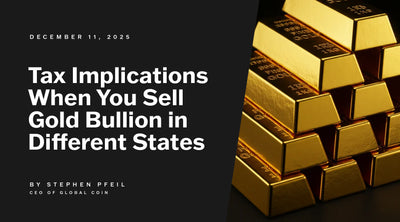
Tax Implications When You Sell Gold Bullion in Different States
Disclaimer: The following content is for informational purposes only and should not be construed ...
Discover More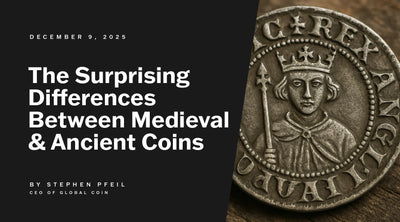
The Surprising Differences Between Medieval and Ancient Coins
Hi, I’m Stephen Pfeil, founder of Global Coin. For more than 25 years, I’ve handled tens of thous...
Discover More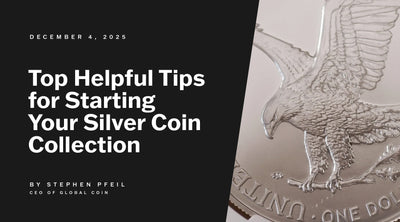
Top Helpful Tips for Starting Your Silver Coin Collection
Let me walk you through how I started my silver coin collection—and how you can too, with clarit...
Discover More

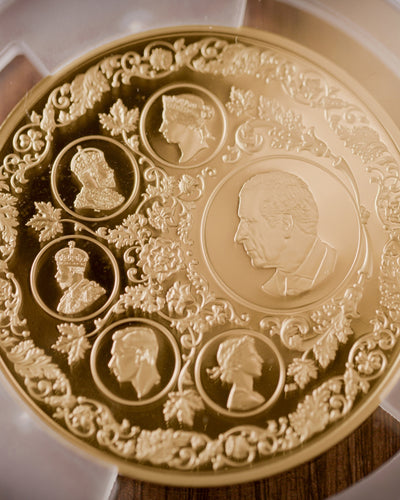
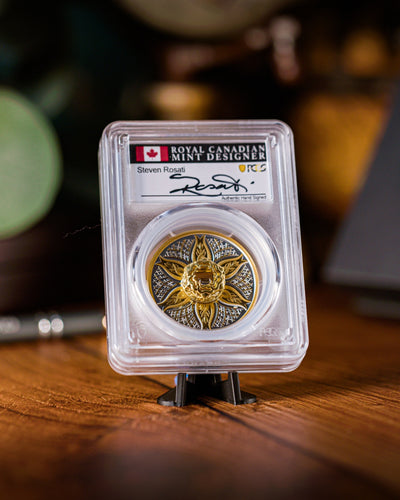
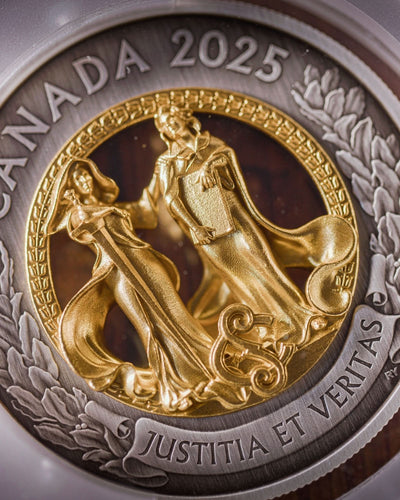
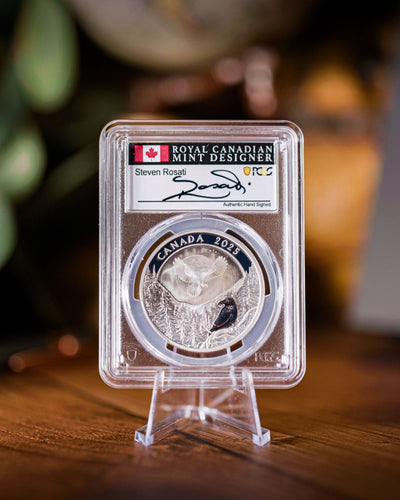
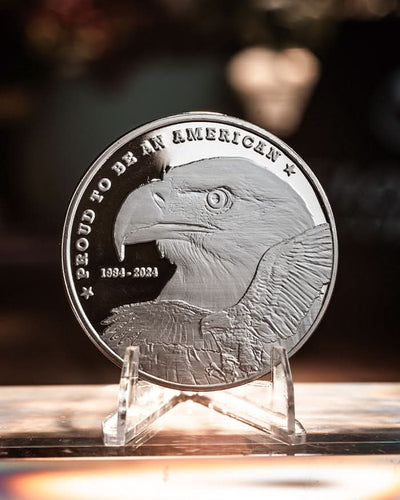
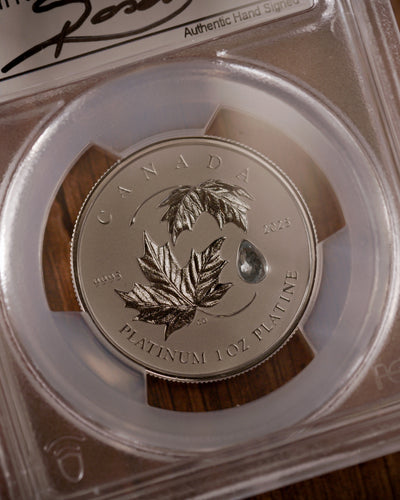
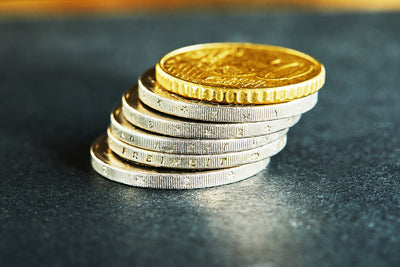
Leave a comment
This site is protected by hCaptcha and the hCaptcha Privacy Policy and Terms of Service apply.